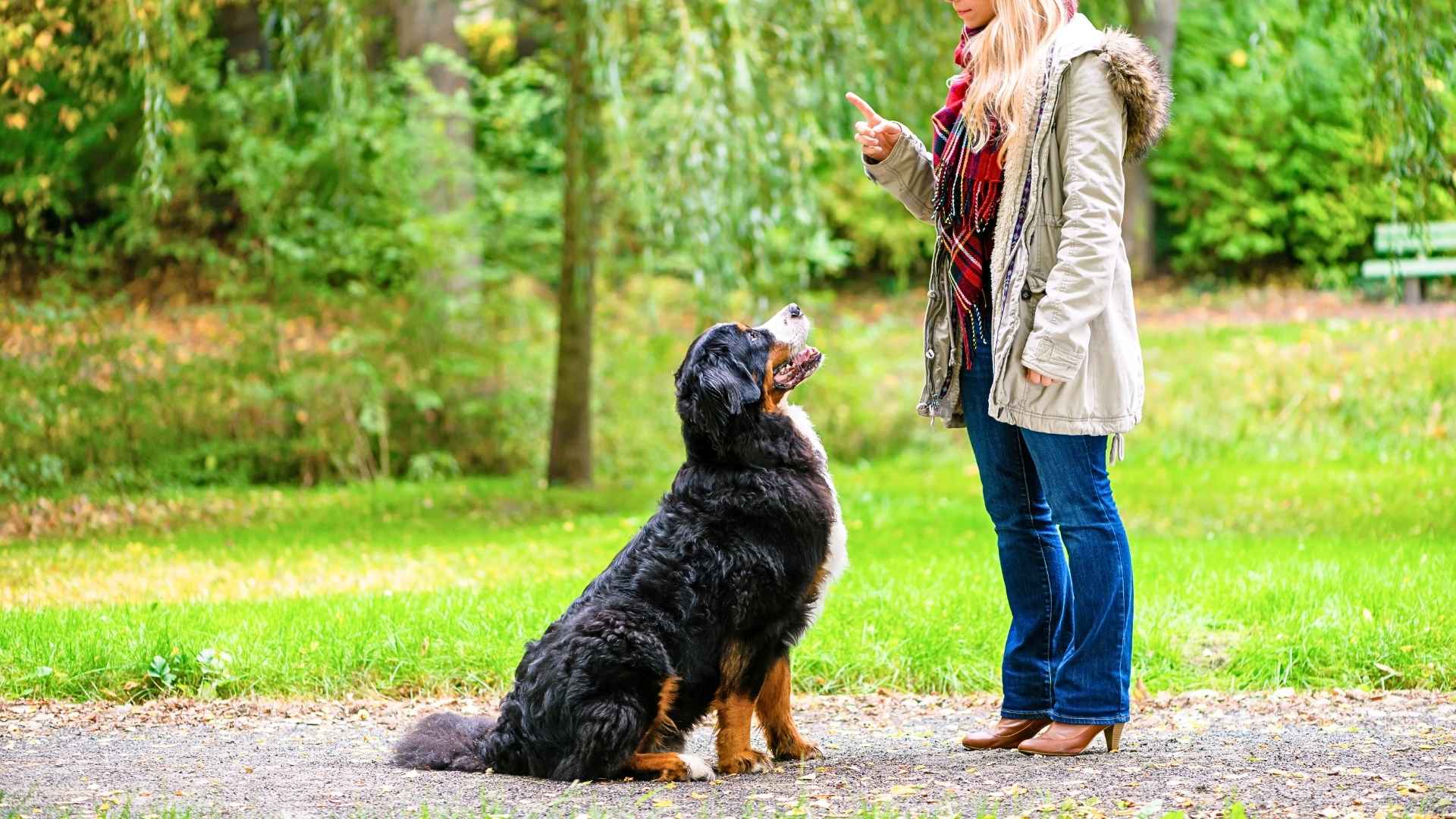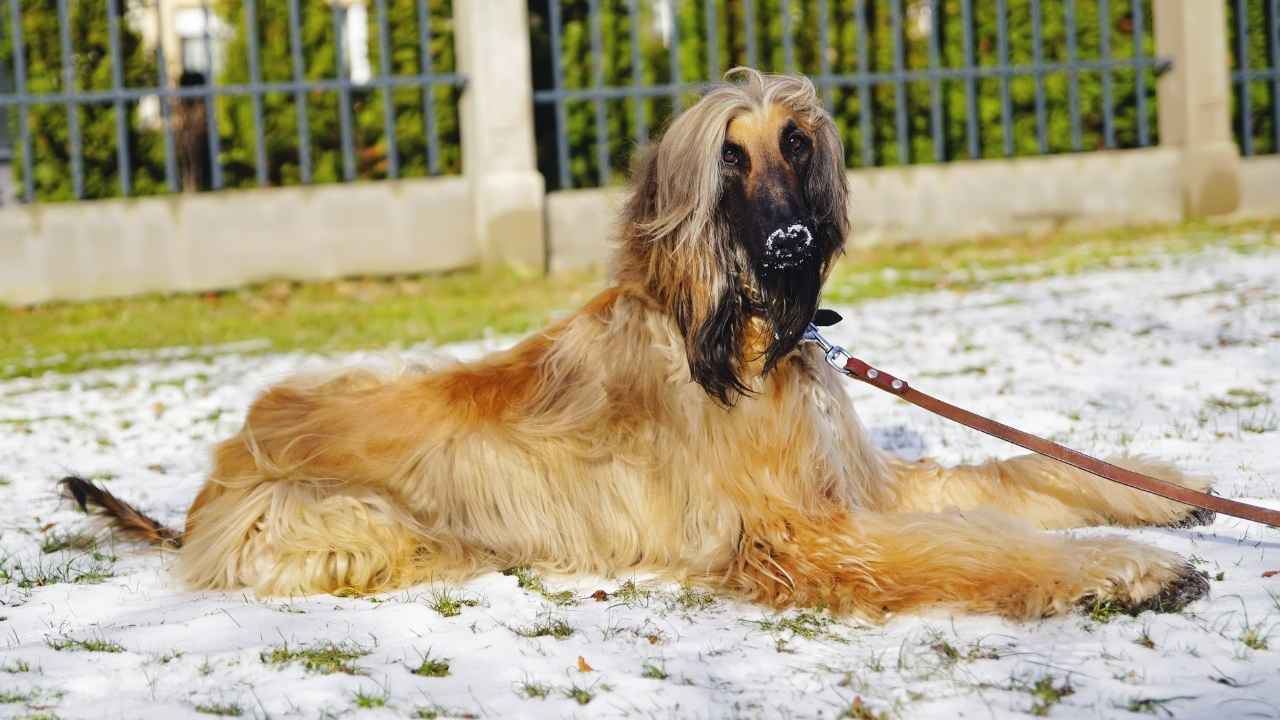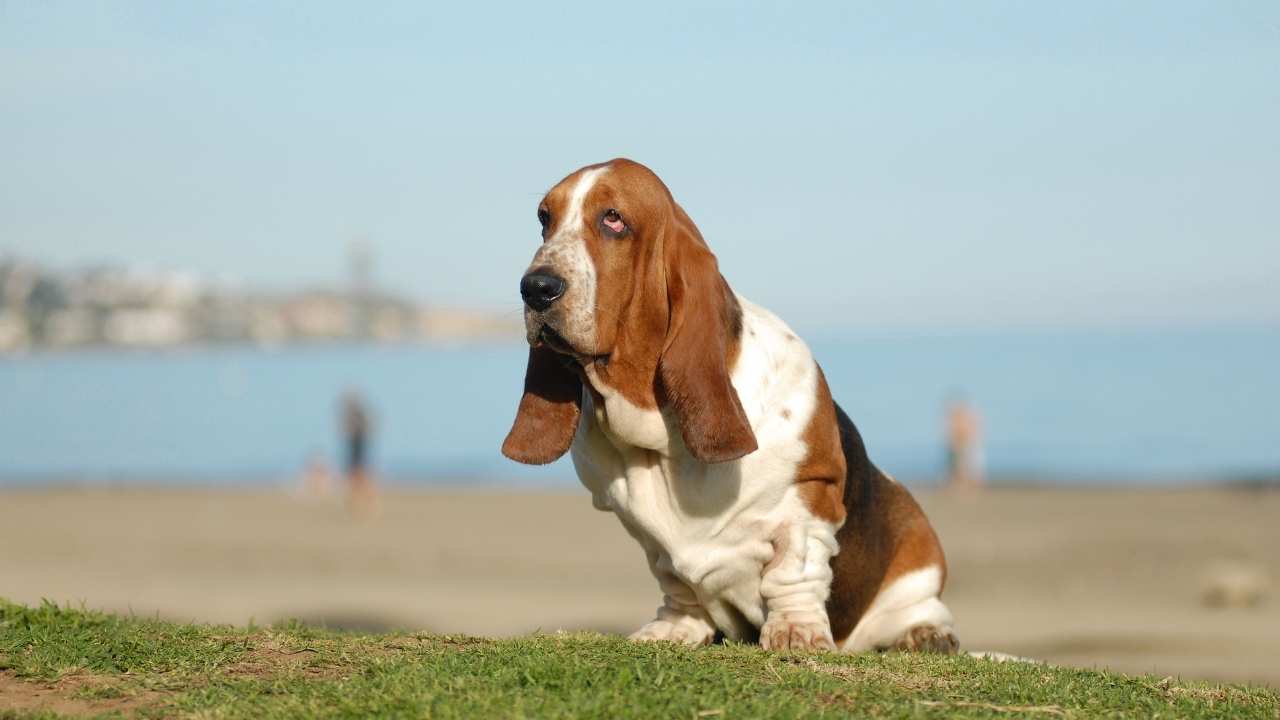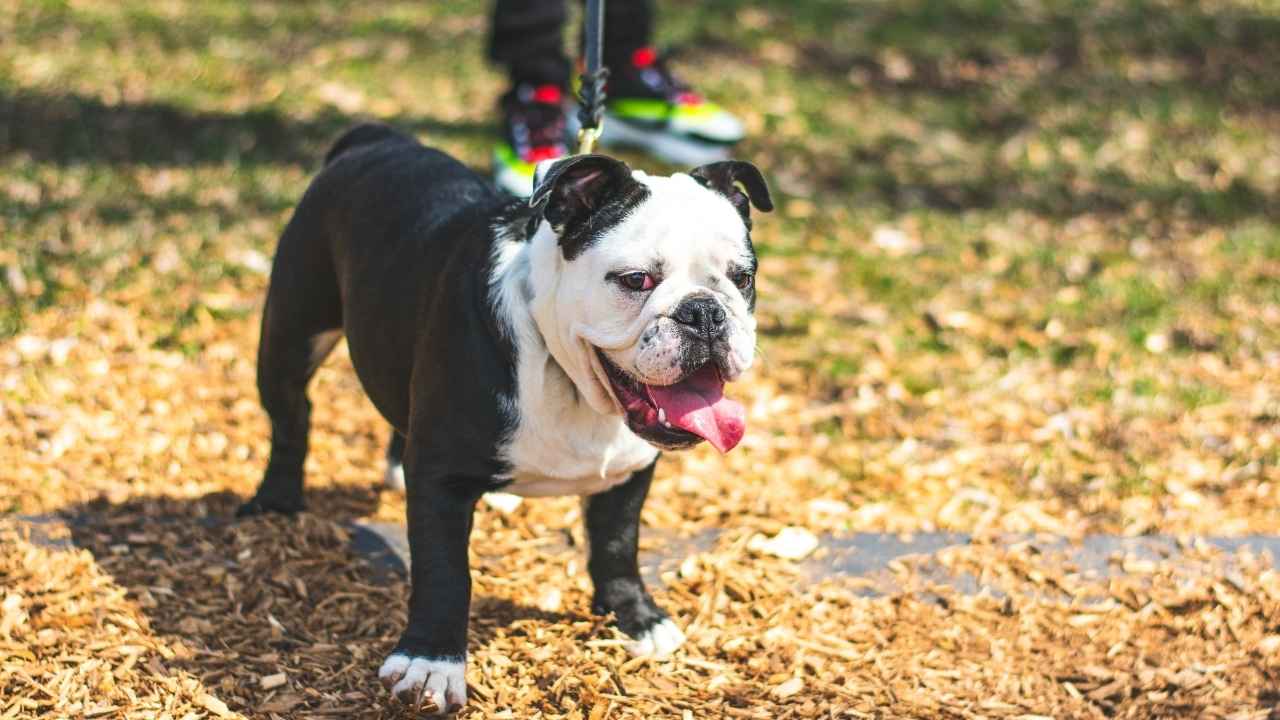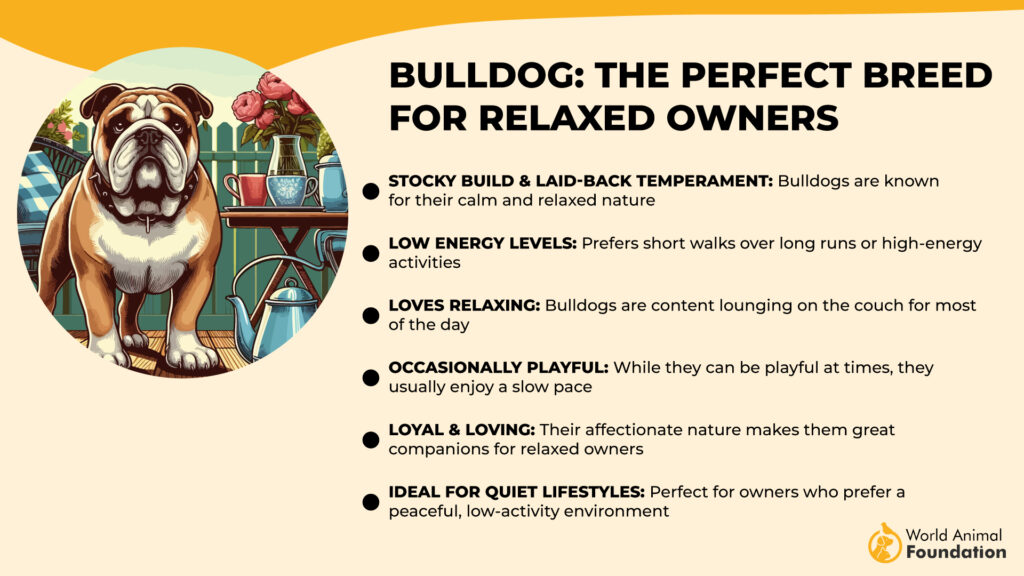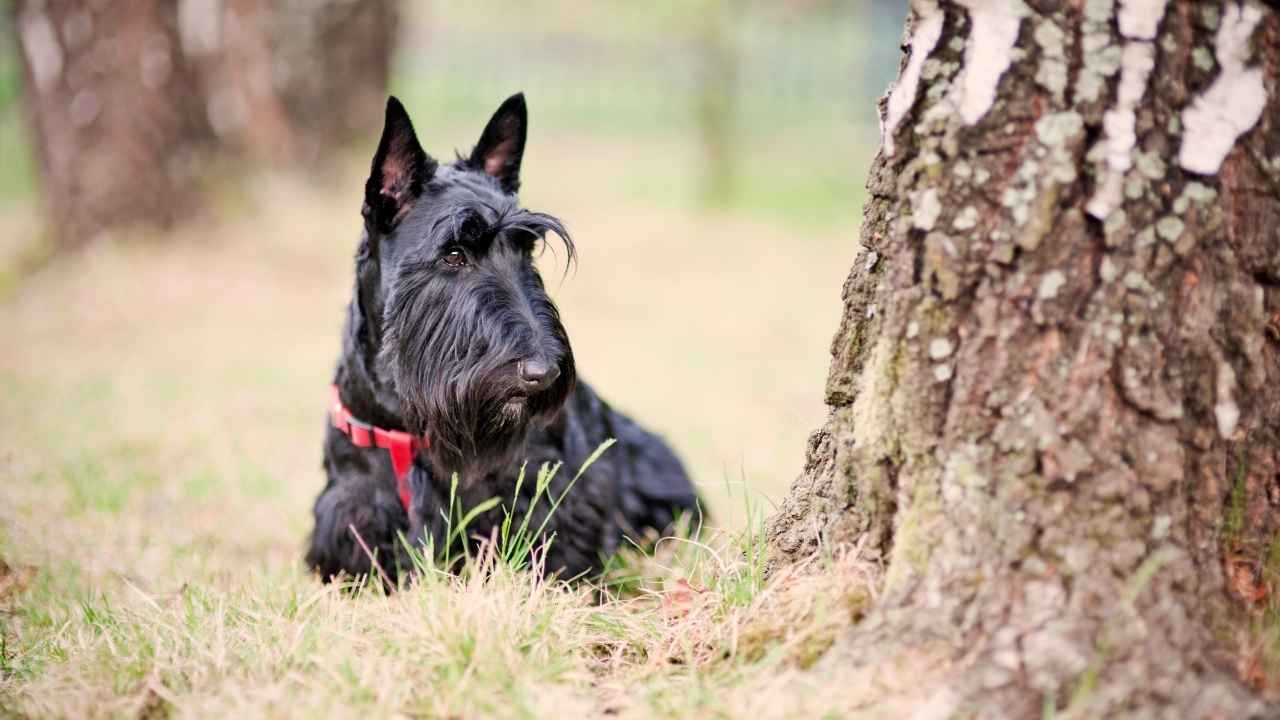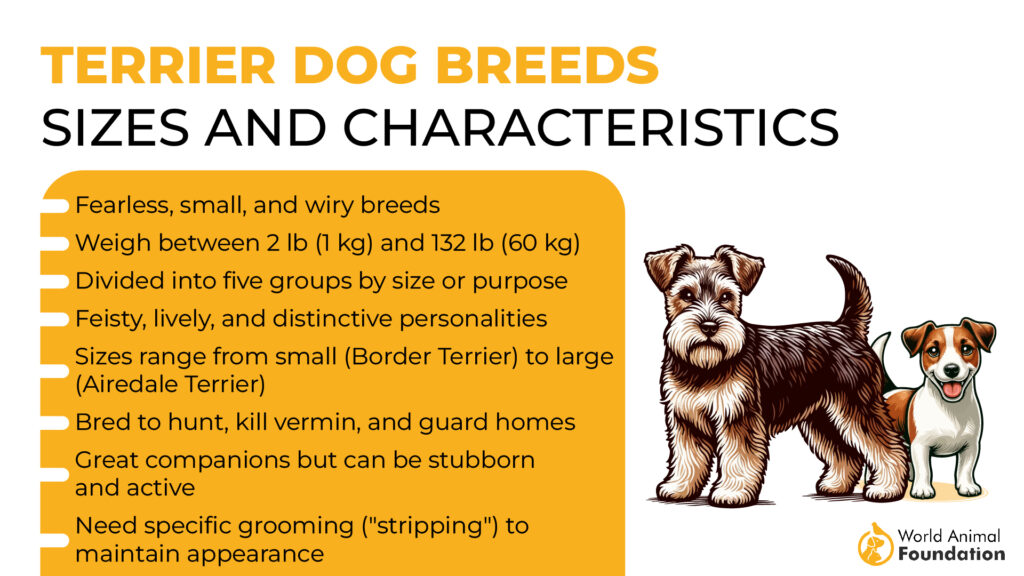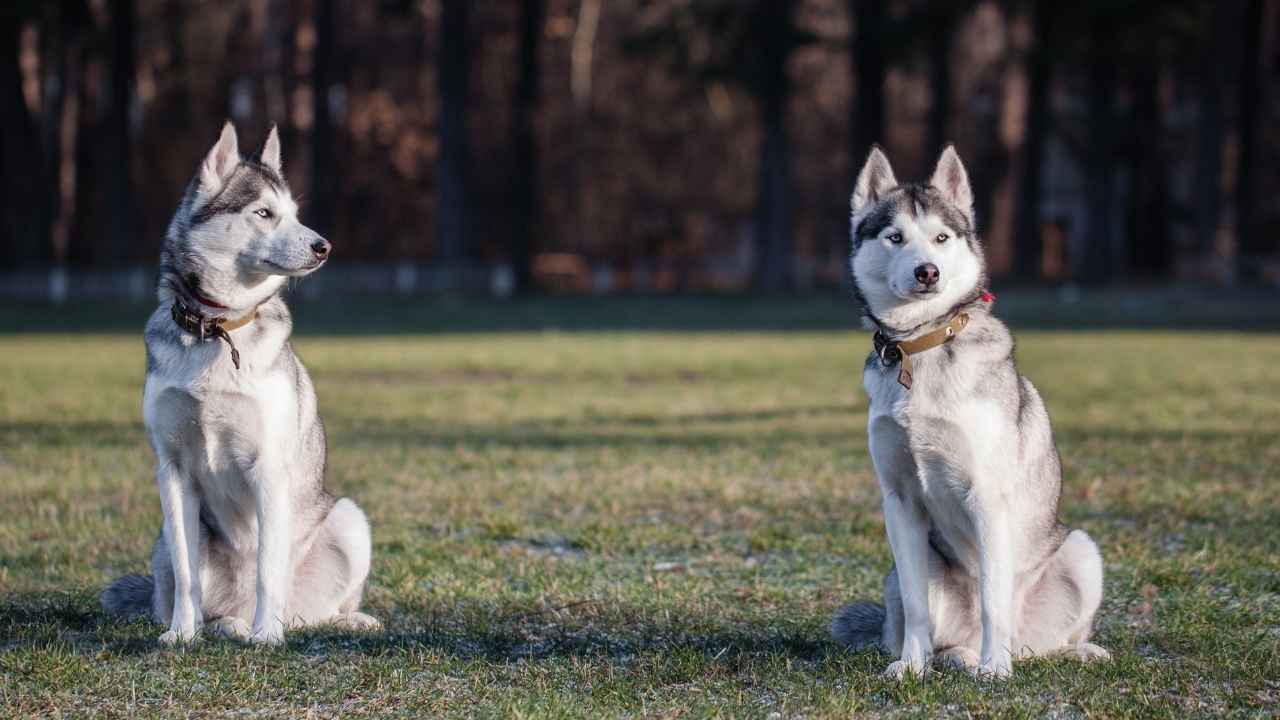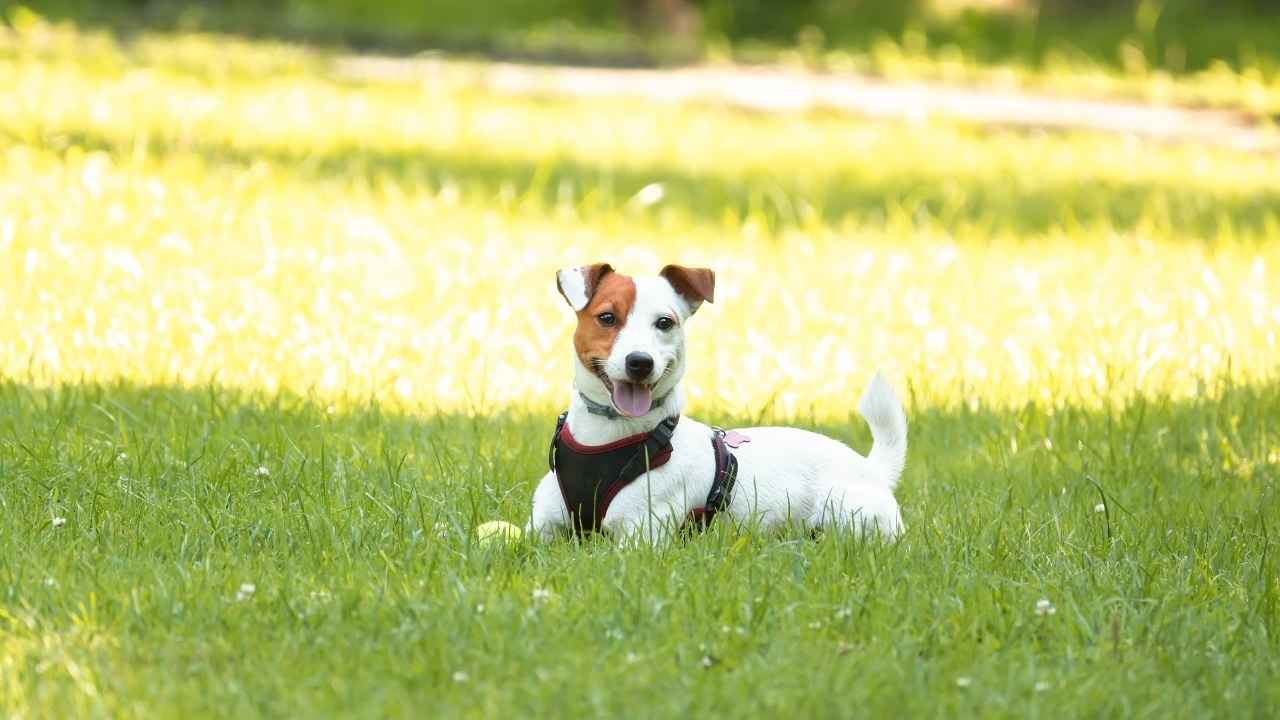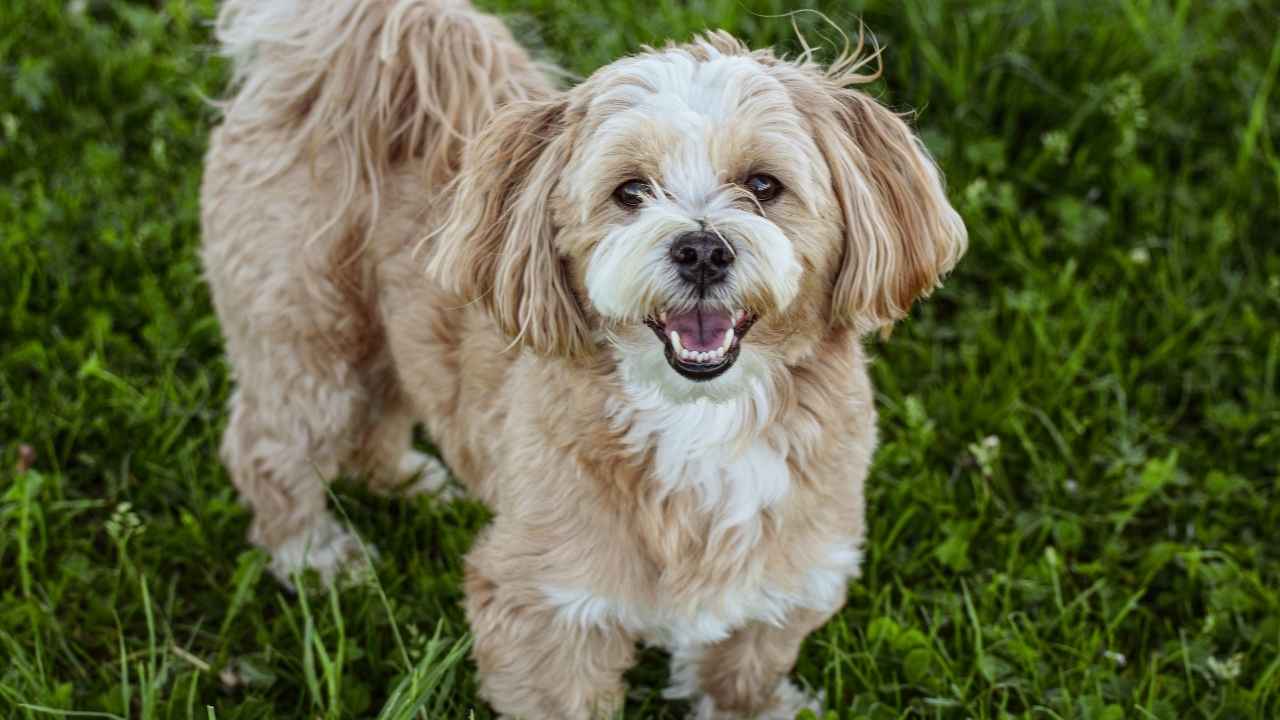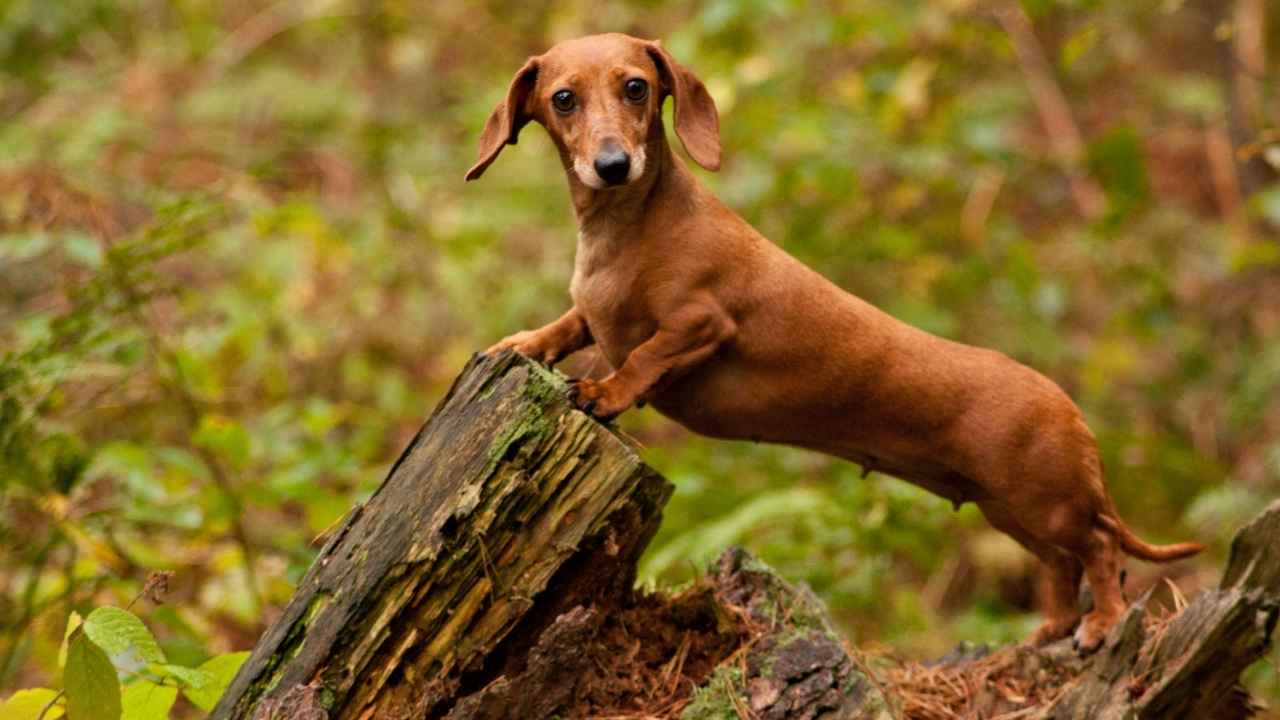When it comes to training, not all dog breeds are created equal. Some breeds, despite their many charming qualities, possess a more independent and stubborn streak that can make the training process particularly challenging. Understanding these nuances is crucial for any prospective dog owner. In “9 Hard-to-Train Dog Breeds: What Every Owner Should Know,” we delve into the unique characteristics and training challenges of these breeds. Whether it’s the strong-willed Siberian Husky or the spirited Afghan Hound, this guide offers essential insights to help owners foster a harmonious and fulfilling relationship with their canine companions.
In the dog world, some breeds are known for their intelligence and eagerness to please, while others exhibit a stubborn nature that makes training particularly challenging. These stubborn breeds often have an independent streak, which means they may not respond to traditional training methods as easily as most dogs. Many of these breeds were originally bred for hunting, herding, or guarding, which influenced their independent thinking and decision-making abilities.
For experienced owners, these hardest dog breeds can be a rewarding challenge, but they require patience, consistency, and positive reinforcement to ensure success. The training process for such breeds must include high-value rewards, structured training sessions, and mental stimulation to keep them engaged. Below are some of the hardest dog breeds to train, along with insights into why they require extra effort and dedication.
Hard-to-Train Dog Breeds
1. Afghan Hound
According to Hill’s Pet, the Afghan Hound is a gorgeous dog known for its long, silky coat and aristocratic demeanor. However, despite its elegance, The Afghan hound is a high-maintenance dog for many reasons. Though highly intelligent, Afghans can be difficult to train because they are stubborn. They are highly sensitive to harsh correction, which often elicits a refusal to obey. They respond best to gentle guidance and firm discipline.
This breed was originally bred for hunting in rugged terrains, which means it possesses a strong prey drive and an ability to make independent decisions. Afghan Hounds are notoriously difficult to motivate during training sessions, as they are easily distracted and often ignore commands unless there’s something in it for them.
For proper training, Afghan Hounds require high-value treats and reward-based training to maintain focus. Their training needs must be met with short, engaging sessions, as long, repetitive exercises will bore them. Early socialization is crucial to help them interact better with other dogs and people.
2. Basset Hound
The Basset Hound is a scent-driven breed with a laid-back demeanor, but its strong stubborn streak makes training a challenge. AKC adds that mild and agreeable at home, the Basset is stubborn on the trail and barks in a loud, ringing voice. Although they may not be wildly demonstrative in their affections, they are steadfastly loyal.
Basset Hounds are food-motivated, which can be used to the trainer’s advantage. However, their stubborn nature means they often require professional trainers to be properly trained. Short, reward-based training sessions work best, as they can quickly lose interest.
Due to their low energy levels, ensuring they get enough exercise is essential to prevent destructive behavior. Without adequate stimulation, Basset Hounds may become bored and develop behavioral issues, making training needs even more crucial.
3. English Bulldog
The English Bulldog is a lovable but stubborn breed known for its strong will and lazy tendencies. Despite being affectionate and extremely loyal, training an English Bulldog requires persistence and patience. The official breed standard refers to the Bulldog as “equable and kind, resolute and courageous.”
PetMD states that, like every dog, Bulldogs need to be well-trained and socialized to be confident and well-mannered. Despite their reputation for being lazy, Bulldogs benefit from daily exercise. They typically don’t need a significant amount of exercise, but it can be helpful—especially for those who are overweight.
This breed was originally bred for bull-baiting, giving them a stubborn nature that persists today. Unlike high-energy breeds, they are prone to ignoring commands and need positive reinforcement and training treats to stay engaged. For experienced owners, consistency is key. Early potty training and socialization help prevent issues later in life. Bulldogs respond best to short, enjoyable training sessions with plenty of rewards.
4. Scottish Terrier
WebMD says that the Scottish Terrier breed was originally bred for hunting vermin, which means it is highly determined and persistent. Their high prey drive makes recall training a challenge, as they often chase other animals instead of obeying commands.
While Scottish Terriers are playful and energetic, they can easily get bored with repetitive exercise and long training sessions. They perform well in sessions lasting no more than 15 minutes. Scotties are good thinkers and observers, so they respond well to changes in the environment. This dog breed isn’t one that you can control by training. Instead, they are independent and don’t like to be told what to do.
Professional trainers recommend structured training with positive reinforcement to help curb their stubborn streak. Scottish Terriers need strong leadership and early training sessions to develop good manners. They require mental stimulation to prevent boredom and thrive in environments where they have a job to do.
5. Siberian Husky
The Siberian Husky is an intelligent but independent dog, known for its high energy and playful nature. While affectionate, Huskies are among the hardest dog breeds to train due to their independent streak and tendency to ignore commands.
Huskies are energetic and smart dogs that can be vocal (often in the form of howling or whining). They require a lot of training and exercise to keep them happy and healthy. Many Huskies have a desire to explore and can be escape artists, so they can’t be walked off-leash as they will be off exploring and chasing small animals.
For properly trained Huskies, consistency, high-value rewards, and structured training sessions are necessary. They respond best to positive reinforcement, as harsh methods can lead to resistance.
6. Jack Russell Terrier
The Jack Russell Terrier is a small dog with all that energy packed into a compact frame. It is one of the most high-energy breeds, making training both fun and exhausting. Petplan states that Jack Russells were originally bred for fox hunting, which explains their strong prey drive and fearless personality.
Good lead and recall training is essential for adventure-loving Jack Russells to keep them safe when out and about. Jack Russells are confident and headstrong, so need a firm but fair trainer to keep them in check. Use plenty of positive reinforcement to let your pup know there’s something in it for them. With intelligence and energy to spare, Jack Russells will love learning tricks for some extra mental stimulation.
Jack Russells are a vocal breed and excessive barking can be a common behavioural problem. Good training, plenty of exercise, and early socialization should keep this in check. Consistent training sessions and early socialization help them channel their energy productively.
7. Lhasa Apso
Petplan states that the Lhasa Apso is a bit aloof and known for its independent thinking, making training a challenge. This breed was originally bred as a watchdog for Tibetan monasteries, so it naturally questions authority.
Strong-willed and independent, Lhasa Apsos needs a strong and consistent hand when it comes to training. Lhasa Apsos are notoriously tricky to housetrain, so crate training is recommended to set some boundaries. Their playful nature means that your Lhasa might not take training sessions seriously.
It’s important to be patient and keep training consistent to get through to your independent pup. Owners must establish mutual respect with their Lhasa Apso to achieve successful training results. Short, enjoyable training sessions will prevent boredom and keep them engaged.
8. Beagle
As per Britannica, bred to hunt alongside other dogs, the Beagle is amiable and seldom squabbles with other dogs or pets. It makes both canine and human friends easily. The breed is outgoing, playful, cheerful, adventurous, and gentle, an entertaining companion for people of any age.
Because of its independence and distractibility, it can be a difficult dog to train. Despite being fairly active outside, Beagles can be calm house dogs. However, the breed tends to become destructive if left alone for too long. Beagles are known to bark, especially when untrained or lonely.
Patience is essential when working with a Beagle. Proper training methods and early training needs ensure they develop into well-mannered pets. Regular exercise helps reduce destructive behavior.
9. Dachshund
The Dachshund is a determined and independent breed that was originally bred for hunting badgers. Despite their small size, they are fearless and strong-willed. Dachshunds need positive, reward-based training from an early age as they can be wilful when it comes to training. You’ll need to set clear boundaries and be consistent with your Dachshund and prepare to be very, very patient with them.
PDSA adds as they have a strong prey drive Dachshunds have been known to lose interest in their training sessions if they smell something more interesting. For this reason, they suit experienced owners who are aware of their needs. If you need a bit of extra guidance with training, it’s recommended to take them to accredited training classes.
Owners must remain consistent and patient to ensure proper obedience. Experienced owners will find that structured training sessions and mental stimulation help curb their stubborn tendencies.
Conclusion
While these hard-to-train dog breeds may demand extra effort, they can still become rewarding companions for experienced owners who understand their unique training needs. Whether it’s the independent Afghan Hound, the determined Beagle, or the high-energy Jack Russell Terrier, each breed presents its challenges that require patience and consistency.
Even highly intelligent breeds like Border Collies and Australian Cattle Dogs—which excel in herding but can be strong-willed—benefit from structured training sessions and positive reinforcement. With the right approach, even the hardest dog breeds can develop into well-behaved and loving pets.
In conclusion, owning one of the nine hard-to-train dog breeds can be both a challenging and rewarding experience. Prospective owners should recognize that while these breeds may present unique training difficulties due to their independent, stubborn, or energetic nature, they are also capable of deep loyalty and companionship when provided with consistent, patient, and positive reinforcement training methods. Understanding the specific needs and temperament of each breed can help in devising a tailored training approach. Ultimately, commitment to ongoing education and patience can transform these challenges into opportunities for an enriching and fulfilling relationship with your pet.

